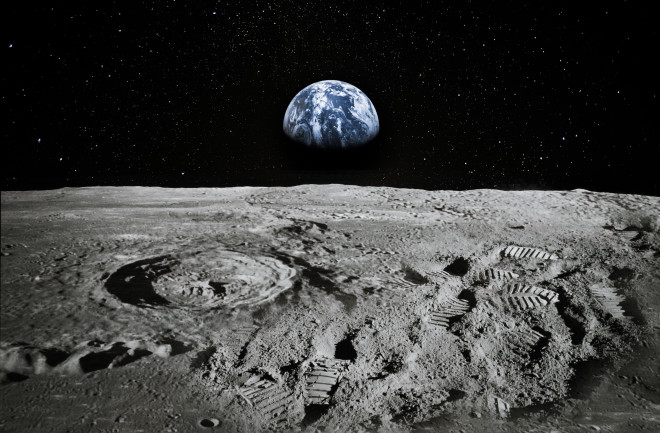Since the first satellite, Sputnik 1, was successfully launched into Earth's orbit on October 4, 1957, humans have launched more than 5,000 large objects into space.
The list includes satellites, spacecraft, rovers, probes and other scientific equipment. In addition, thousands of fragments produced by accidental collisions or deliberate destruction of original materials exist beyond Earth.
Since the 1990s, space archaeologists have studied this material culture in an effort to preserve it.
“From the human perspective, these artifacts are part of our heritage, and linked to individual and national identities,” says archaeologist Justin Holcomb of the University of Kansas.
Holcomb has focused much of his research on understanding how environmental changes impacted human dispersal thousands of years ago; that is, until he connected his passion for geoarchaeology to humanity’s most recent phase of exploration outside of the planet.







